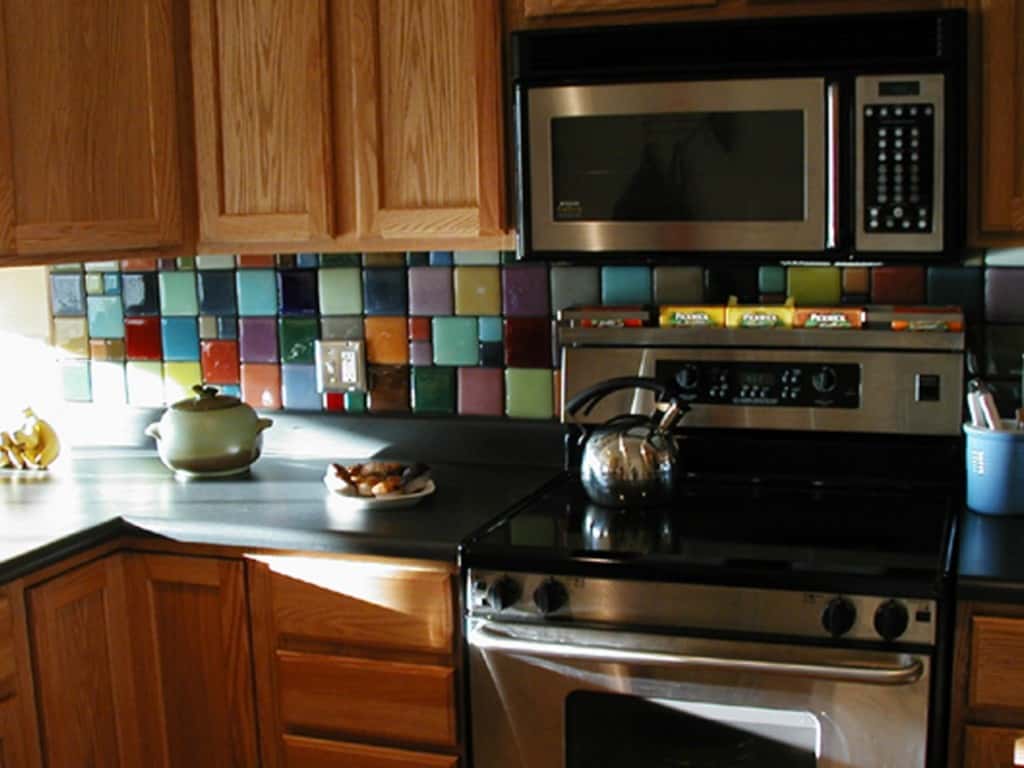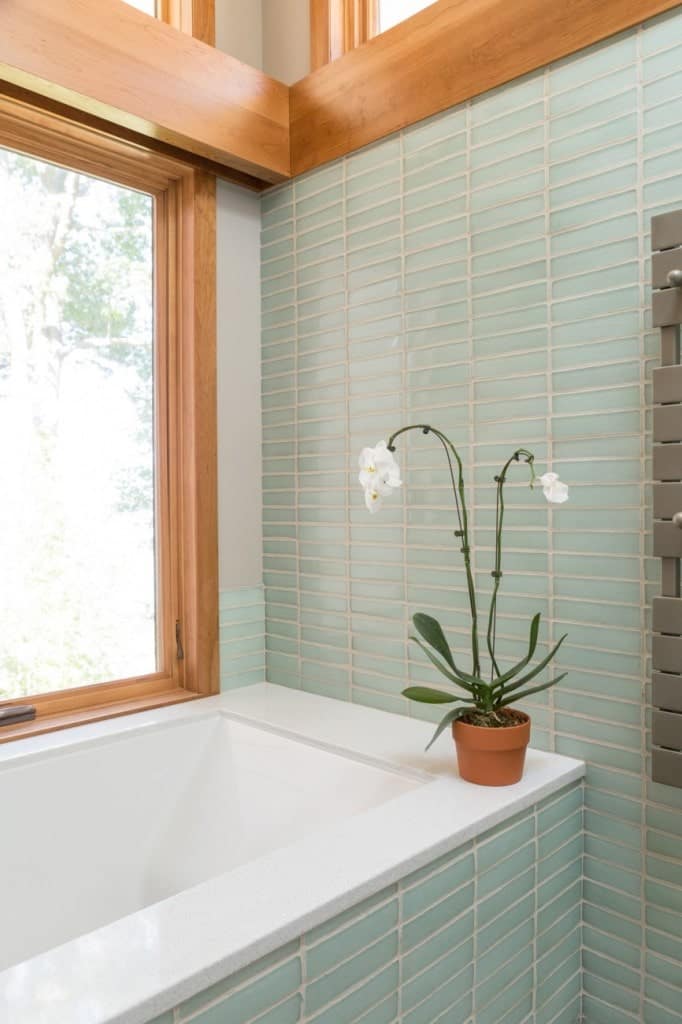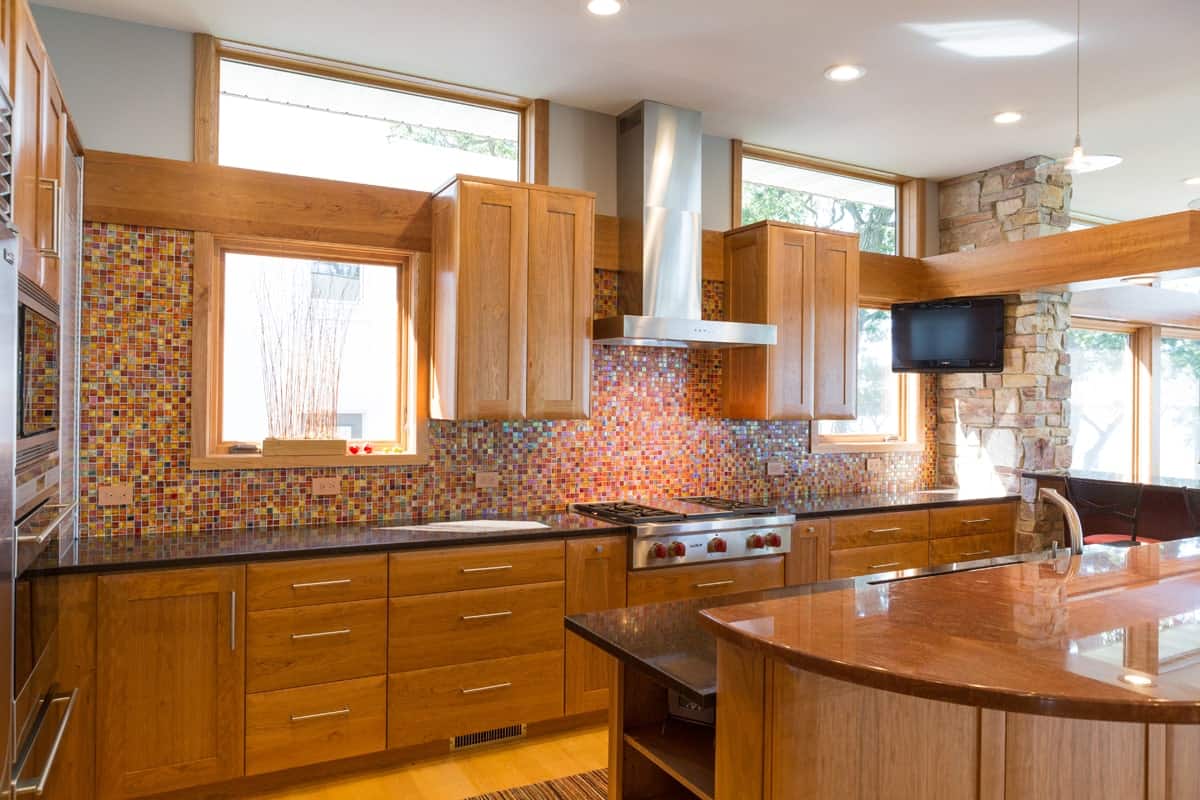How to make recycled glass tiles
-
How to make recycled glass tiles
pollutant-free raw materials should be used to make tiles from recycled glass sources.
Bathroom and kitchen designs are the cornerstone of today’s homes,
and colors, accessories, lighting, elegance and comfort are essential elements of these frequently used spaces.
Colors are an important factor for homeowners who want to combine a unique design while maintaining respect for the environment.
Recycled glass tiles can offer the best of both worlds.
Glass tiles have many aesthetic and practical advantages over other flooring and cladding options.
- The most obvious feature is its appearance.
- Glass tiles provide jewel-like transparency and touches of luxury that cannot be achieved with stone, ceramic tiles or hard surface materials.
Glass bathrooms evoke a feeling like a tranquil pool or secluded cove,
compared to the cave feel that granite or marble gives.

-
Making recycled glass tiles
To make tiles from recycled glass sources, the raw materials must be free of contaminants (paper, dirt, packaging).
The materials should be of uniform color and source. Jars, bottles and window glasses are typical sources for recycled glass tiles.
Waste glass should be carefully sorted before use. Glass types are different and have different colors and configurations.
Also, different glass sources have different expansion coefficients, and as a result the glass will not cool down to a uniform mass.
Different manufacturing methods lead to different results, and there are three traditional methods of making recycled glass tiles
-
Small mosaic tiles
Small mosaic tiles are made of molten glass according to the color of the glass,
then poured on an iron table, then pressed by (cookie cutter).
The glass-color mixture is heated over a high temperature until it reaches a melt state.
The technique is well known and relatively easy to implement, once the pieces have cooled down,
they are separated and the tiles can be assembled into easy-to-install sheets.
The final product consists of small tiles with some variations in color, but this difference is not large and may be desirable.
The environmental advantage of this technology is that broken tiles and production wastes are reduced to a minimum due to the small coefficient of tiles,
however the disadvantage is the high temperature required to heat the tiles, it may reach about 1400 °.

-
Large glass tiles
The process of making 2-by-2-inch tiles begins the same as for small tiles, but an additional step is to store the glass in an oven where it is heated to more than 500 ° C (932 ° F), and then slowly cooled to make the resulting glass stronger and less brittle.
There is more production waste when creating large tiles compared to small tiles, and it also needs more control to obtain excellent color and quality.
-
Broken tiles made of glass
This type of tile is made from glass that has been crushed and then graded into particles of uniform size and color.
Glass-based tiles are produced by placing glass in ceramic molds, and heating the glass to 800 ° C (1472 ° F).
This technology produces a faster production cycle than small and large glass tile methods, but tile colors are limited as the color depends on the original colors of the glass used.

-
Make recycled glass surfaces
Stained glass can be used to add a touch of color to worktops,
and whether you choose to have a cup of a certain color or use whatever you carry, the glass can add a wonderful touch to your countertop.
One idea is to cut the bottom of a group of bottles with a glass cutter,
then create a pattern using the round glass and break off the remaining bottles to complete the design.
You can mix green, blue, brown and clear glass to get a multi-colored surface, while glass shattering machines can be purchased.
A less expensive option is a glass mortar cracking pestle, which you can find at stained glass supply stores.
The final look of shattered glass countertops varies depending on the epoxy you choose.
Clear epoxy is a popular choice for elegant counters that display items such as coins and bottle caps.
Note that transparent epoxy allows the surface underneath the counter to be visible between the spaces between the pieces of glass,
and this means that you must coat the surface before starting with the epoxy.
-
Tips for Installing Recycled Glass Tiles
Recycled glass tiles take longer to install, and extra care must be taken with tiles before they are installed in place.
After applying the thin layer, it is necessary to loosen and smooth the marks of the comb.
These marks will be visible through the glass and will create an unattractive look.
When smoothing the thin layer, make sure you have an even layer of adhesive deep enough to hold and hold the tiles.
-
Benefits of using recycled glass tiles
Recycled glass tiles are an excellent way to prevent glass products from accumulating in landfills.
In addition to helping to preserve the environment, homeowners get a unique product that adds unique style to their homes.
Glass tiles are available in a variety of colors and finishes, both matte and glossy.
Using recycled glass tiles is a long-term way to decorate surfaces.
Glass tiles can be used anywhere that regular ceramic tiles are installed.
It has the added benefit of being a chemical and stain resistant material, making it suitable for areas prone to moisture.
It can be installed on floors, walls, counters, tables and more, and can be used in both outdoors and indoors.
Installing glass tiles requires a little more care than installing standard opaque ceramic tiles.
Builders and homeowners need to be aware of these differences to ensure that their trades are working properly the first time.
You May Like: The most important architectural competitions around the world


